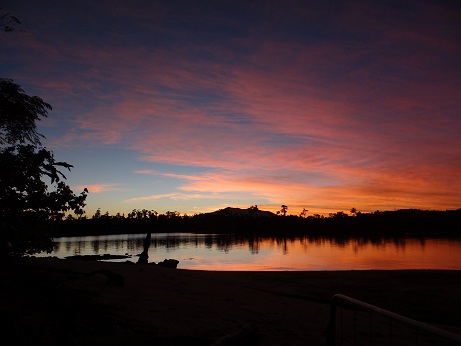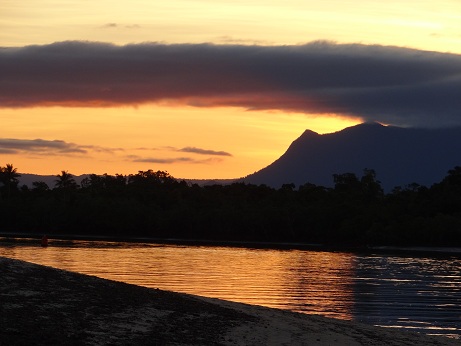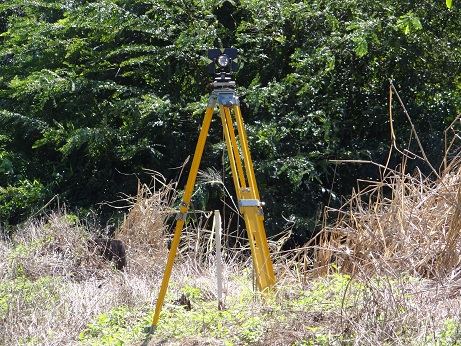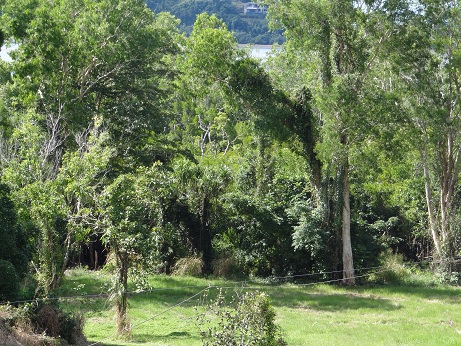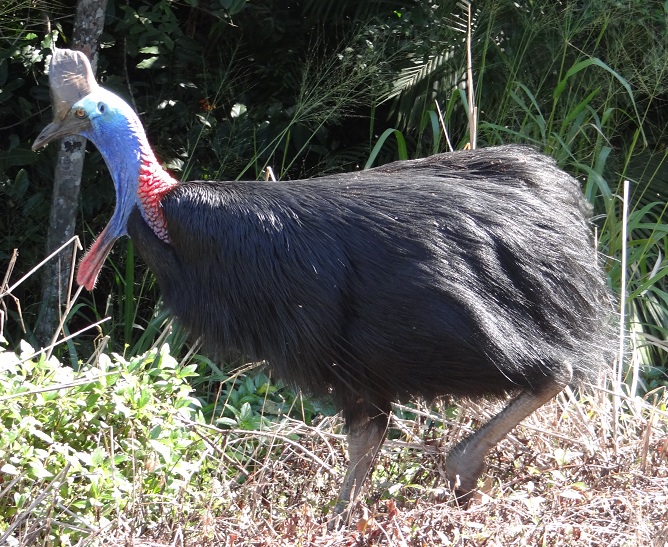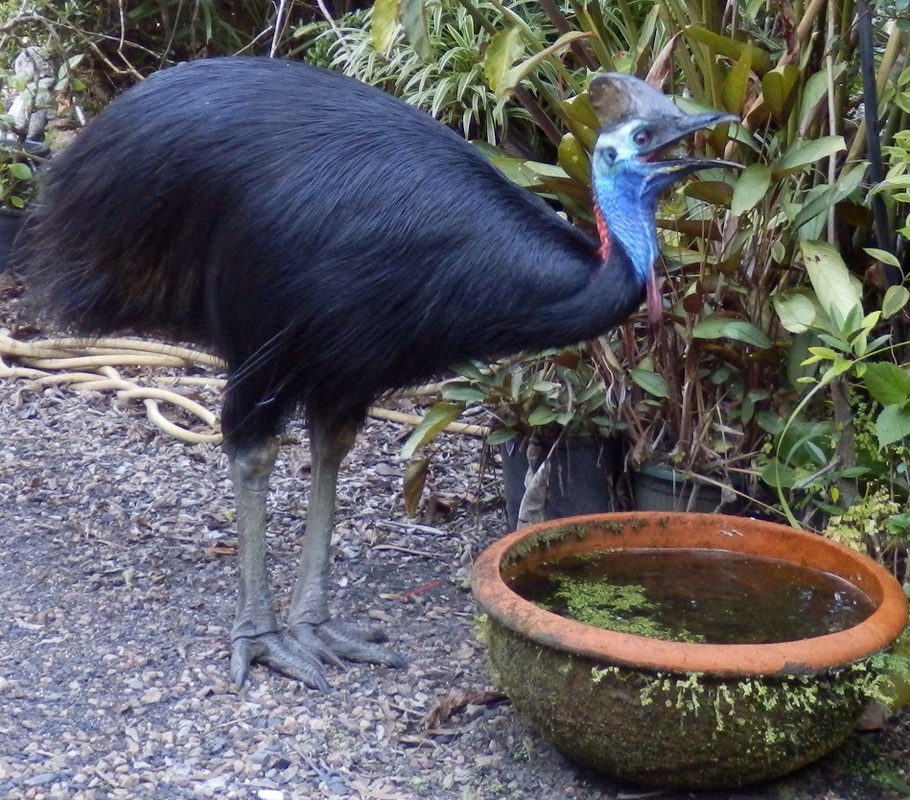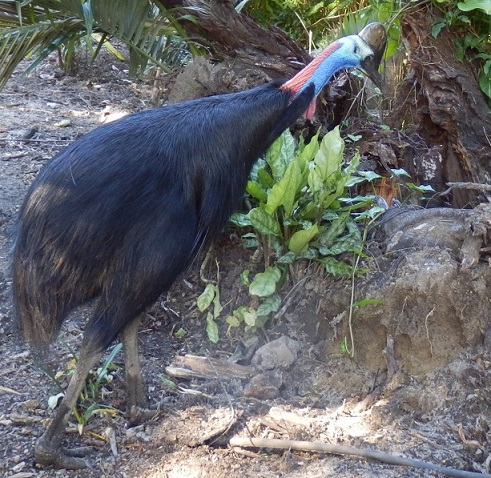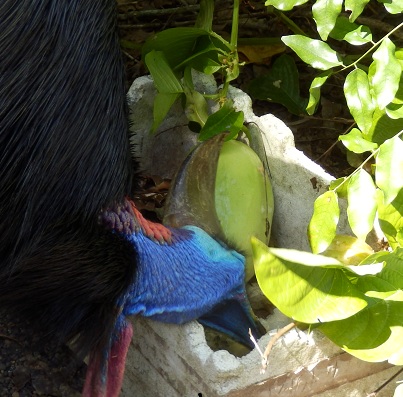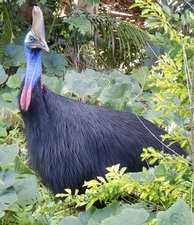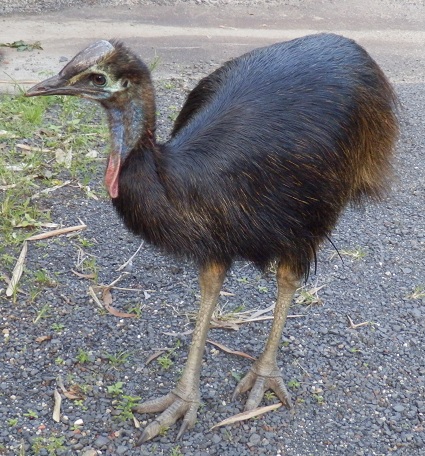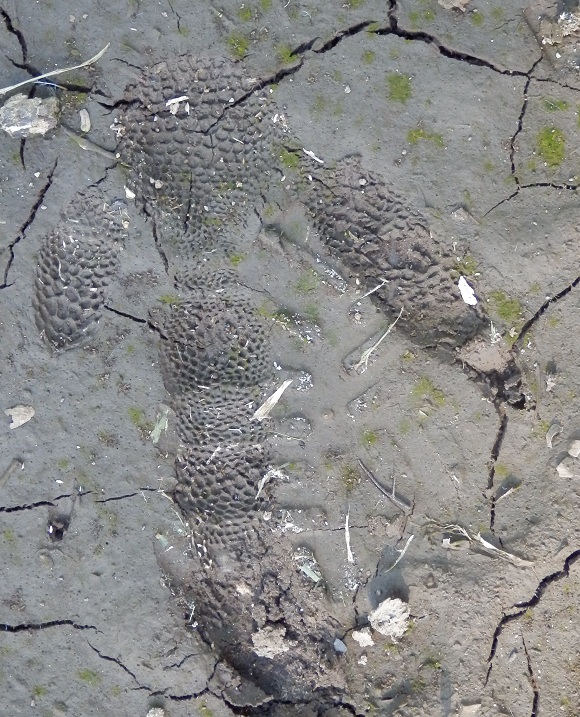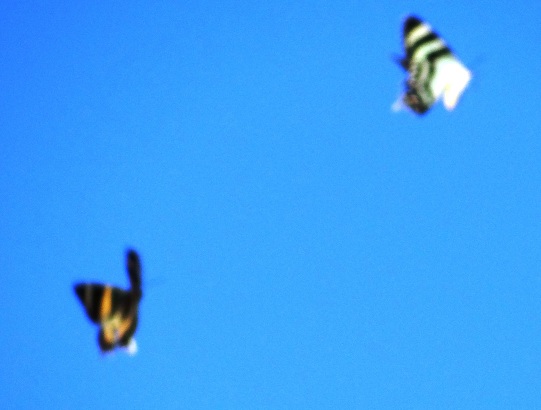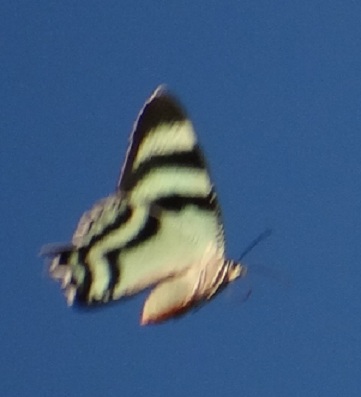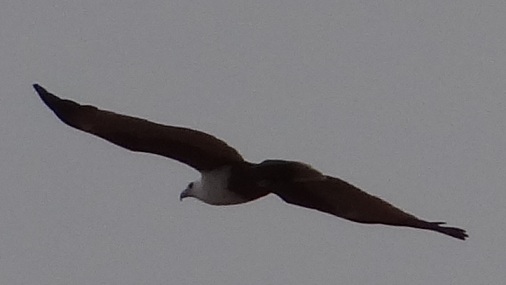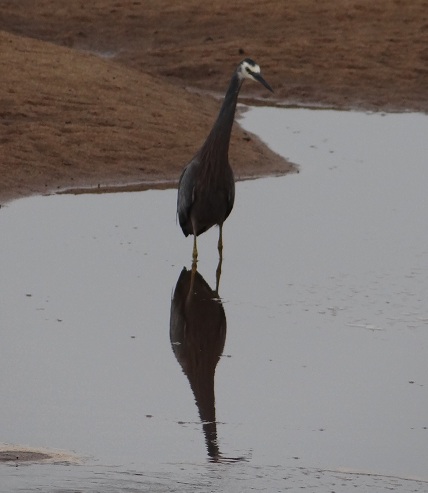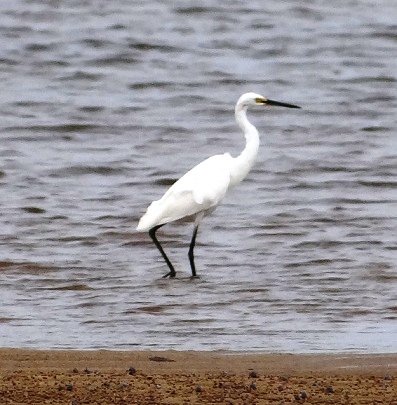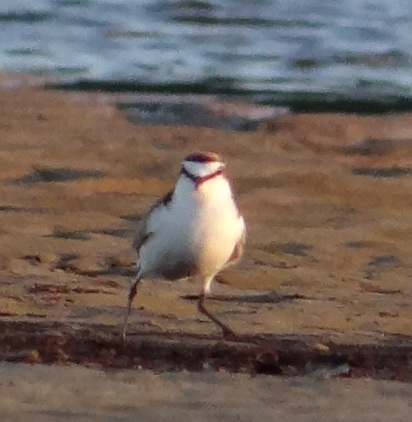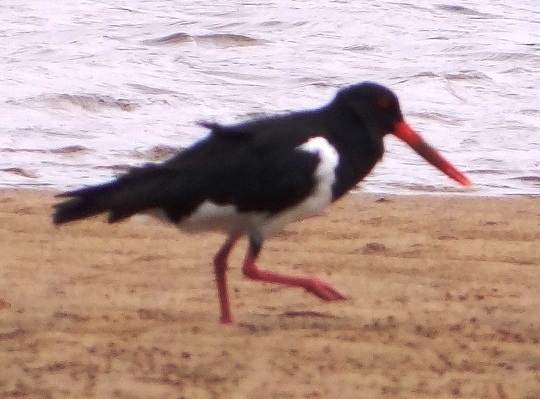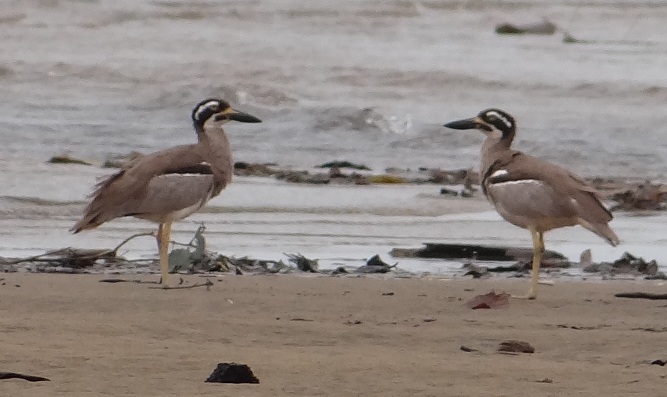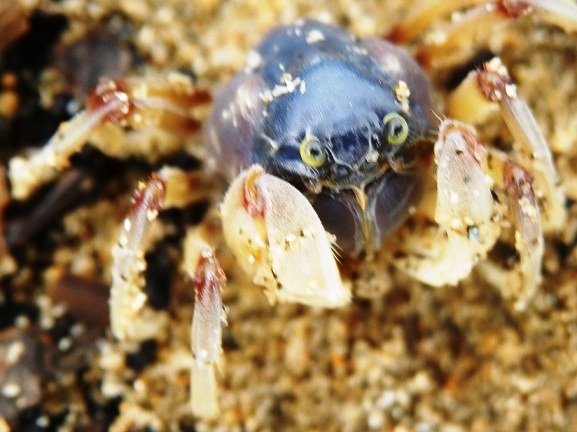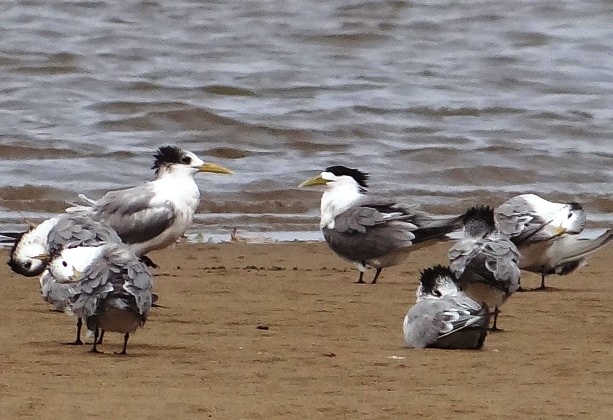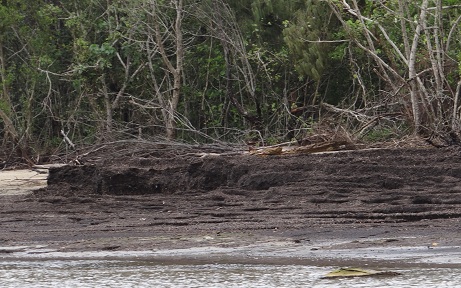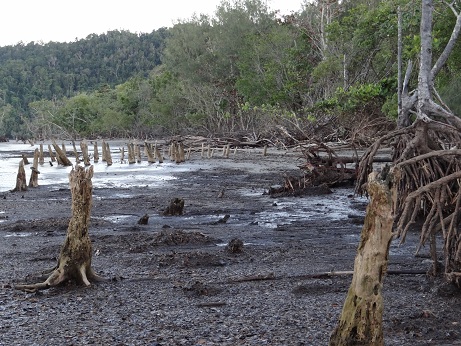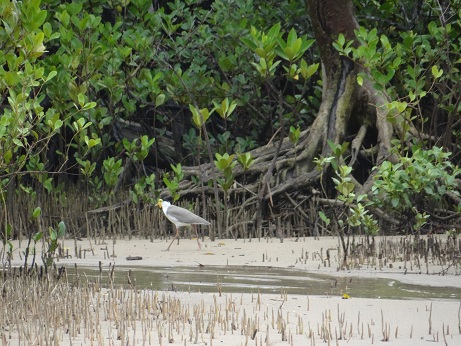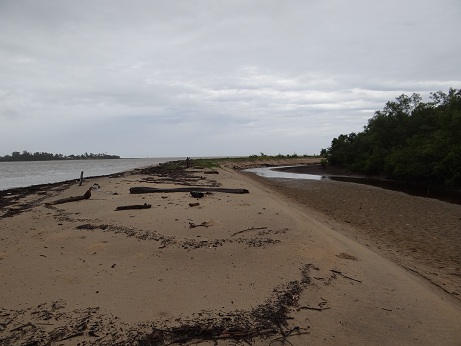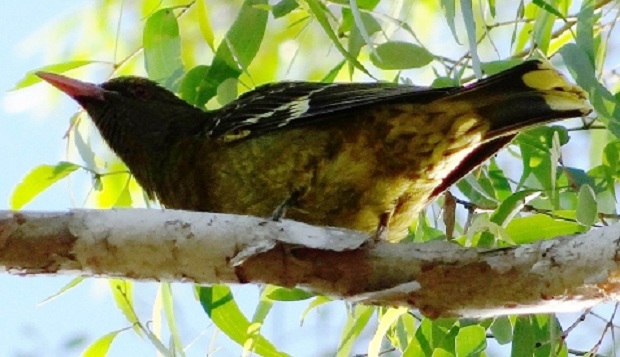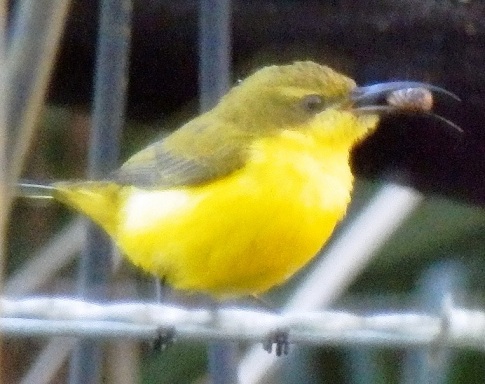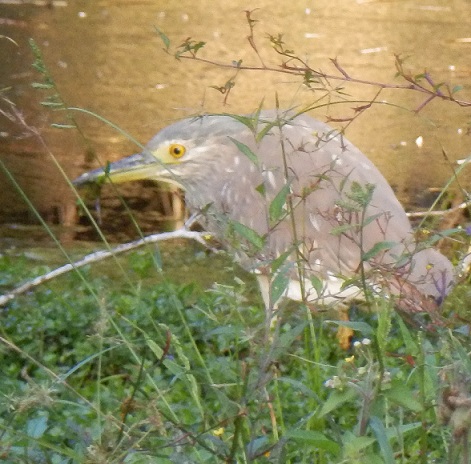| Hello from sunny Coquette Point, The week opened with ‘dial up weather’ which has remained; days reaching 23/24 and nights around 14/15; bright blue sunny skies with hardly a cloud to be seen. Great excitement on Wednesday with the transit of Venus across the sun. Laurie and Anne visited from Cardwell and Ruth joined us for a ‘Venus’ party. We had great views of the transit through a modern welding helmet. |
| The owners of the property 27V, across the road from me, have an application into Council for rezoning to tourism facility for a ‘Biker’s Retreat. Coquette Point is zoned conservation/ rural residential. The Town Planning Office at CCRC confirmed the rezoning application and advised me that they had requested more detail before they could consider it. This week a surveyor has been taking levels and completing a site plan of the 33 acre property. |
Incidentally, my property received the same wind and I did not find it necessary to ‘clean-up’ after cyclone ‘Larry’ or ‘Yasi’. Now the rainforest on my property is again growing tall and full of fruit and cassowaries.
| Cassowary ‘Flat-top’ has been crossing the Coquette Point road in a daily journey from the Moresby Range National Park to the mangrove forest each day: crossing roads is a dangerous undertaking for cassowaries. This week saw another bird killed by a vehicle at Mission Beach. It is about time that Council advisory speed limits become mandatory. Slowing down to 50km in identified cassowary crossing areas takes no more than two or three minutes off a journey. One wonders why we are always in such a hurry. |
| Cassowary ‘Dot’ has been visiting the water bowl every day she is always thirsty. She has been eating a lot of bracket fungi and I wonder if this would make her thirsty. The trees that fell to cyclone ‘Yasi’ are host to a variety of fungi and beetles, the cassowaries feast on both. |
| Subadult ‘Don’ somehow manages to manoeuvre around the senior cassowaries. At the first sight of one of the older birds he makes a quick exit and instantly disappears into the forest, his brown feathers making the perfect camouflage. The wet weather left sticky mud beside the road. One of the cassowaries left a footprint in the mud and it clearly shows the scales covering the footpad. |
| Flying high in the sky over Coquette Point two White Breasted Sea-eagle can be seen every day hunting for fish. Their nest, in a giant melaleuca tree in the mangrove swamp, is now inaccessible. However years ago I walked into the tree and looked up at the massive nest, unfortunately I didn’t carry a camera in those days. |
On the outermost sandbar crested terns rest and preen their feathers between fishing forays. All the terns have obtained their adult plumage now however the numbers still remain at around 100 birds.
A great deal of detritus was deposited on the front beach following the recent heavy rains. Mangrove dieback continues to infect the forest, now little of this once extensive forest remains.
Cheers for now,
Yvonne c.
